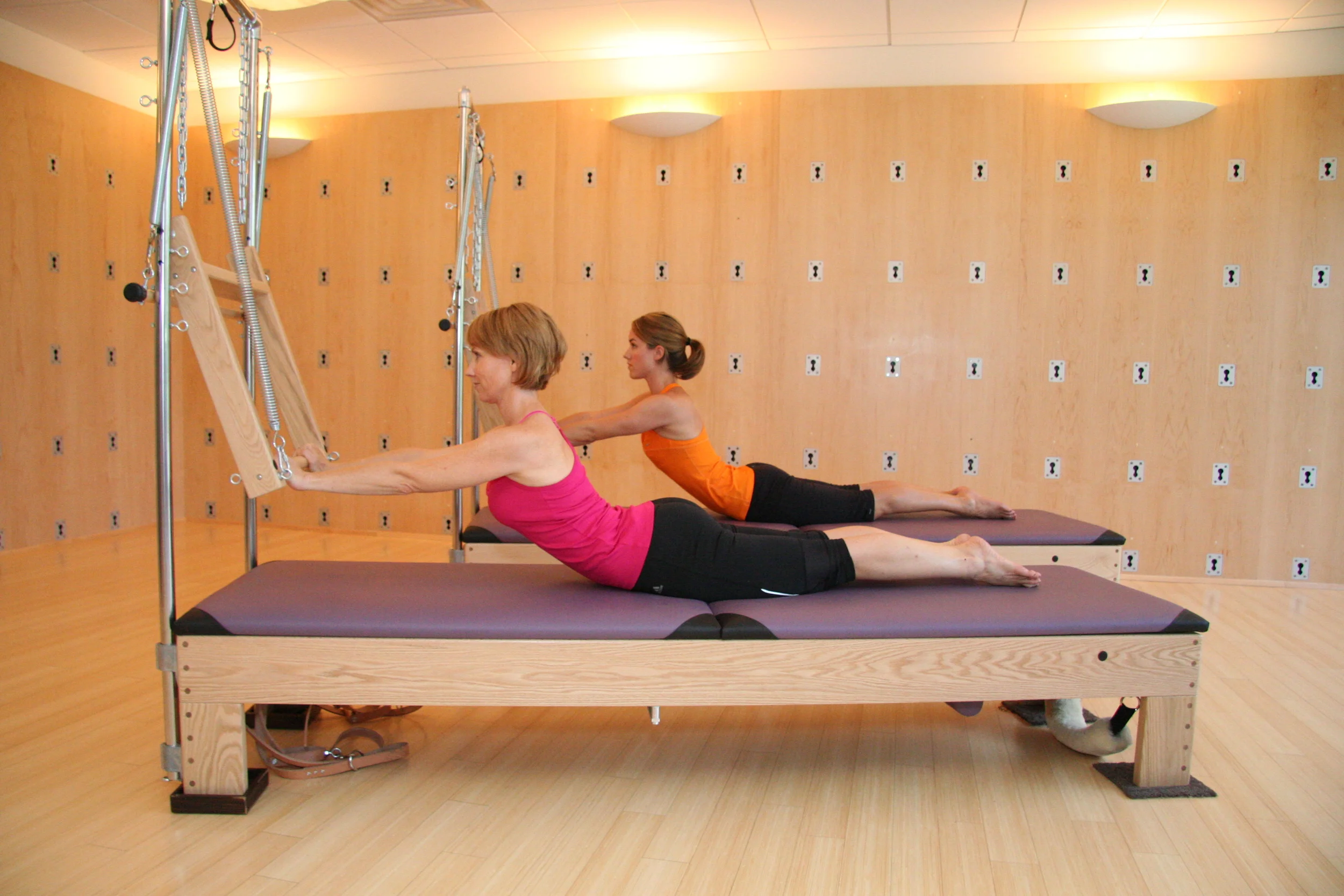by Shoshana Goldstein
According to the National Osteoporosis Foundation (NOF), "Osteoporosis is a disease of the bones. It happens when you lose too much bone, make too little bone or both. As a result, your bones become weak and may break from a minor fall or, in serious cases, even from simple actions, like sneezing or bumping into furniture."
Pilates can improve your strength, balance and flexibility. However, it is important to alter some of the exercises to avoid potential fractures. Here are some guidelines to follow, formulated by Shari Berkowitz of The Vertical Workshop.
1. When exercises call for a head/chest lift, keep your head down.
2. Omit any exercises that involve forward bending. Instead, hinge from the hips.
3. Exercises that are on your stomach (prone) should be eliminated, unless you have low osteoporosis and no fractures. Pressing into the ribcage can be traumatic on the spine.
4. Avoid rolling exercises.
5. When in a seated position, make sure that you are not sitting behind your sitz bones in a "tucked" position. Instead, sit on top of your sit bones with as much bend in your knees as needed.
6. In any balance exercise, make sure you have support.
7. Depending on the percentage of osteoporosis that you have you might need to eliminate rotation exercises and lateral flexion exercises.

